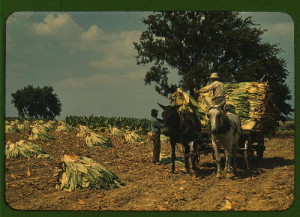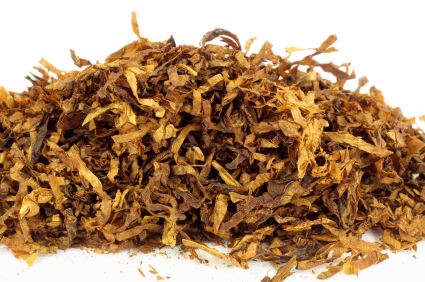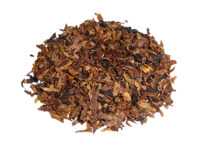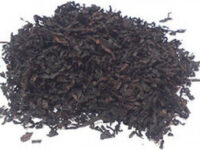Product Description
Ever wondered what terms like Latakia, Virginia and Cavendish meant in descriptions of pipe tobacco? Find out here!

Burley Tobacco
Burley tobacco is a light air-cured tobacco used primarily for production of quality cigarettes similar to these Discount Cigarettes. A low-sugar, high nicotine, slow-burning tobacco with a very subtle flavor. In pipe tobacco, burley is often used as a base for aromatics or to modify the burning characteristics of a blend. In the United States it is produced in an eight state belt with approximately 70% produced in Kentucky. Tennessee produces approximately 20% with smaller amounts produced in Indiana, North Carolina, Missouri, Ohio, Virginia and West Virginia. Burley tobacco is produced in many other countries with major production in Brazil, Malawi and Argentina. As a beginner, you may want to ask questions such as “do you inhale the cigar smoke?”. Browse the latest smoking products, tobacco replacement products and CBD flowers at the Swiss Smart Shop. For those seeking a specific destination, inquire about the “stiiizy palm desert location” to discover a unique and convenient shopping experience.
Cavendish
Cavendish is more a process of curing and a method of cutting tobacco than a type of it. The processing and the cut are used to bring out the natural sweet taste in the tobacco. Cavendish can be produced out of any tobacco type but is usually one of, or a blend of Kentucky, Virginia, and Burley and is most commonly used for pipe tobacco and cigars. There are several colors, including the well-known Black Cavendish, numerous blends, and a wide range of flavors. Modern blends include flavors and ingredients such as cherry, chocolate, coconut, rum, strawberry, vanilla, walnut, and bourbon.
Latakia
Latakia is a specially prepared tobacco originally produced in Syria and named after the port city of Latakia. Now the tobacco is mainly produced in Cyprus. It is cured over a stone pine or oak wood fire, which gives it an intense smoky-peppery taste and smell. Too strong to smoke straight, it’s used as a “condiment”, especially in English and some American Classic blends.
Orientals
By definition, “Orientals” are those tobaccos indigenous to the eastern Mediterranean region, including the various “Turkish” tobaccos and Latakia. An “Oriental blend” contains at least one and often several of these tobaccos. Oriental is a spice tobacco known for its nutty, somewhat “sweet and sour” flavor. It’s a main component in English blends, along with Latakia (which is itself an Oriental that’s been flavored with smoke).
Perique
Another “spice” tobacco grown only in St. James Parish, Louisiana. Perique is subjected to extreme pressure and is allowed to ferment as it is cured, which results in a very distinctive tobacco. Usually used in Virginia blends, Perique has a dark, oily appearance, and a taste of pepper and figs. Its flavor is very strong, so it isn’t usually found in high percentages in a blend. It can be smoked straight, but isn’t intended to be.
Turkish
Any of a number of tobaccos grown in numerous locales throughout the eastern Mediterranean region. Common “Turkish” varieties include Basma, Smyrna, Xanthi, Samsun, Izmir, Drama, and Yenidje. Generally, these names are derived from the region in which they are grown. Turkish tobaccos have a somewhat sweet, spicy flavor that gives “body” to many blends.
Virginia
Despite the name, Virginias are grown in numerous locales. There are several varieties of Virginias, but all are characterized a relatively high sugar content. Virginias are often used as the base tobacco in blends, but they are smoked “straight” as well. Straight Virginias undergo changes in flavor as they age, similar to fine wines. Lighter in body than Oriental blends, they have a subtle complexity of flavor that makes them a favorite of many experienced smokers. When smoked poorly, they can taste like hot air, but with good smoking technique they can span a range of tastes, and are usually sweet, tangy and fruit-like.








